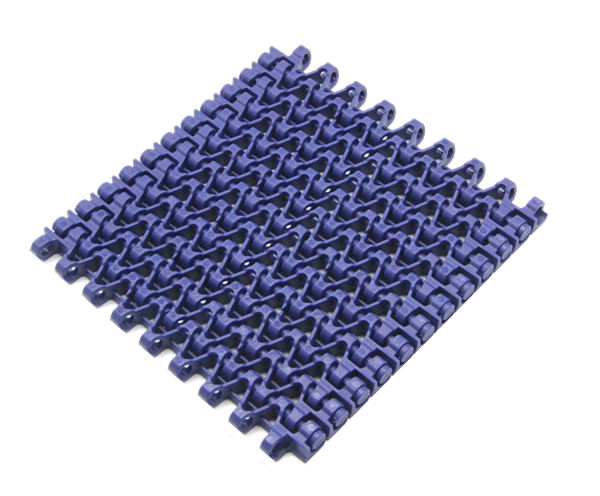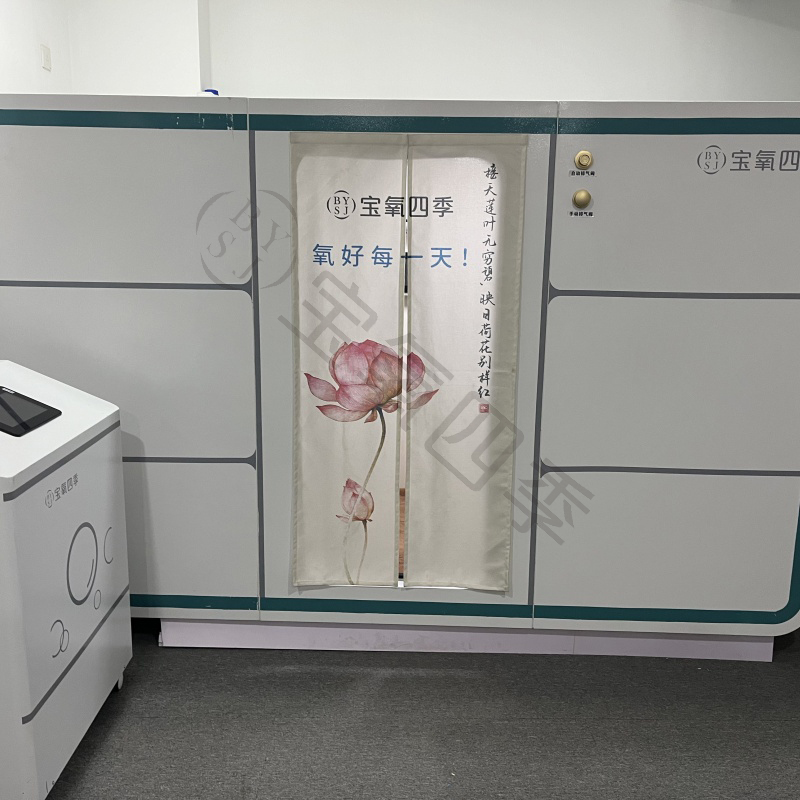A Comprehensive Guide to Acrylic Sheets
Acrylic sheets also known as Plexiglass or Perspex, are a type of transparent plastic that is lightweight, shatter-resistant, and versatile. They are commonly used in various industries due to their clarity, durability, and ease of fabrication. In this article, we will delve into the numerous benefits of acrylic sheets, their wide-ranging applications, and essential maintenance tips to keep them in top condition.

Benefits of Acrylic Sheets
Exceptional Clarity and Light Transmission
Acrylic sheets boast superior optical clarity, allowing up to 92% light transmission, which is comparable to glass. This makes them an ideal choice for applications where clear visibility is crucial. Unlike glass, acrylic does not yellow over time, ensuring long-lasting clarity.
Durability and Impact Resistance
One of the standout features of acrylic sheets is their durability. They are 17 times more impact-resistant than glass, making them a safer option in environments where breakage is a concern. This property makes acrylic sheets suitable for use in both indoor and outdoor settings.
Lightweight and Easy to Handle
Acrylic sheets are half the weight of glass, making them easier to transport, handle, and install. This lightweight nature does not compromise their strength, as they can withstand substantial loads and impacts.
Versatility in Fabrication
Acrylic sheets are highly versatile and can be easily cut, drilled, and shaped into various forms. They can be thermoformed into intricate shapes, making them suitable for a wide range of applications, from signage to furniture design.
UV Resistance
Acrylic sheets offer excellent UV resistance, which prevents them from degrading or discoloring when exposed to sunlight. This property makes them ideal for outdoor applications such as windows, skylights, and protective barriers.
Cost-Effectiveness
Compared to glass, acrylic sheets are more cost-effective, both in terms of initial purchase and long-term maintenance. Their durability and ease of maintenance contribute to their overall cost-effectiveness.
Applications of Acrylic Sheets
Construction and Architecture
In the construction and architecture industries, acrylic sheets are used for windows, skylights, partitions, and balustrades. Their clarity, impact resistance, and UV resistance make them an ideal choice for these applications.
Retail and Advertising
Acrylic sheets are widely used in the retail and advertising sectors for signage, displays, and point-of-sale materials. Their ability to be easily fabricated into various shapes and their optical clarity make them perfect for creating eye-catching displays.
Further reading:10 Questions You Should Know About Stormwater Steel Reinforced PE Pipe
Top Benefits of Stormwater Steel Reinforced PE Pipe
Polyethylene vs. PVC: Which is Better for Your Project?
Key Questions to Ask When Choosing Polyethylene vs Polyvinyl Chloride
How to Choose the Right LPG Tube Safely?
10 Questions You Should Know About Solar Energy Solutions
Automotive and Transportation
10 Facts You Should Know about 100r3 Hose
In the automotive and transportation industries, acrylic sheets are used for windshields, windows, and instrument panels. Their lightweight nature and impact resistance improve vehicle safety and performance.
Medical and Healthcare
Acrylic sheets are used in the medical and healthcare industries for protective barriers, medical devices, and dental equipment. Their clarity and ability to be easily sterilized make them suitable for these applications.
Home and Office Decor
Acrylic sheets are popular in home and office decor for furniture, picture frames, aquariums, and shelving. Their versatility and aesthetic appeal make them a preferred material for interior design projects.
Maintenance Tips for Acrylic Sheets
Cleaning
To maintain the clarity and appearance of acrylic sheets, regular cleaning is essential. Use a mild soap solution and a soft, lint-free cloth to wipe the surface. Avoid using abrasive cleaners or materials that can scratch the surface.
Polishing
If the surface of the acrylic sheet becomes scratched, it can be polished to restore its clarity. Use a plastic polish and a soft cloth to buff out minor scratches. For deeper scratches, wet sanding with fine-grit sandpaper followed by polishing may be necessary.
Avoiding Chemical Damage
Certain chemicals can cause acrylic sheets to crack or become cloudy. Avoid using ammonia-based cleaners, acetone, or other harsh chemicals. Always check the compatibility of any cleaning agents before use.
Preventing Physical Damage
Although acrylic sheets are impact-resistant, they can still be damaged by sharp objects or excessive force. Handle acrylic sheets with care, and avoid placing heavy or sharp objects directly on their surface.
Conclusion
Acrylic sheets offer a unique combination of clarity, durability, and versatility, making them a preferred choice for a wide range of applications. Their lightweight nature, ease of fabrication, and cost-effectiveness further enhance their appeal. By following proper maintenance practices, you can ensure that your acrylic sheets manufacturer remain in excellent condition for years to come.
Further reading:How Will En 857 1SC Shape Future Standards?
How to choose between polyethylene and PVC?
Understanding What UPVC Pipe Stands For: A Complete Guide
Are You Struggling with Hydraulic Hose Durability Issues?
Why choose Upvc Casing Pipes over alternatives?
Top 5 Tips for Efficiently Managing DIN EN 856 4SH Standards
How Can Wire Braided Steam Hoses Improve Your Hydraulic Efficiency?





